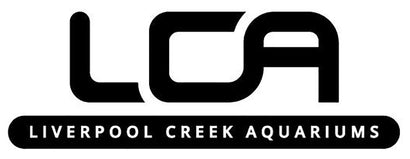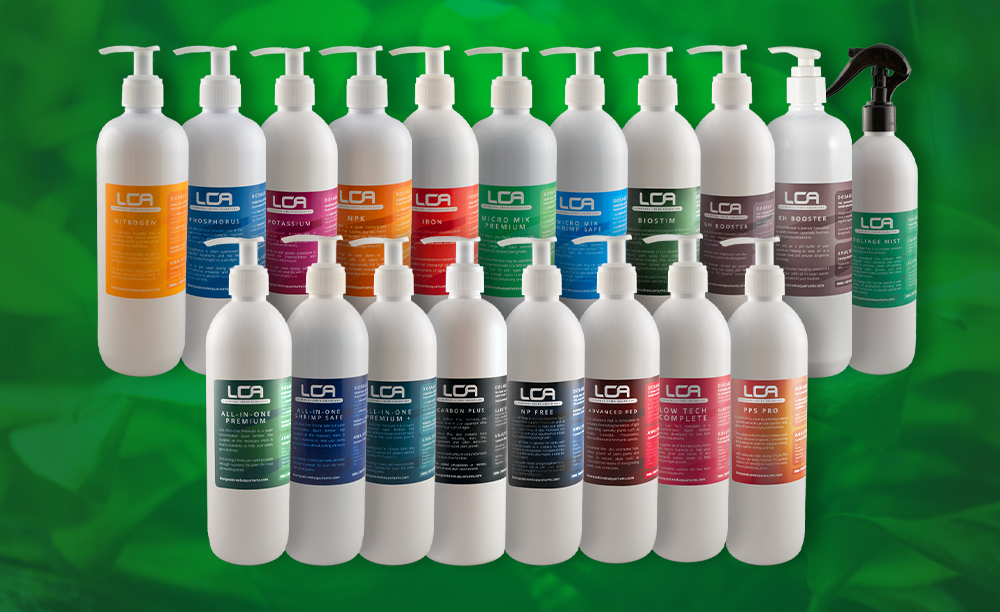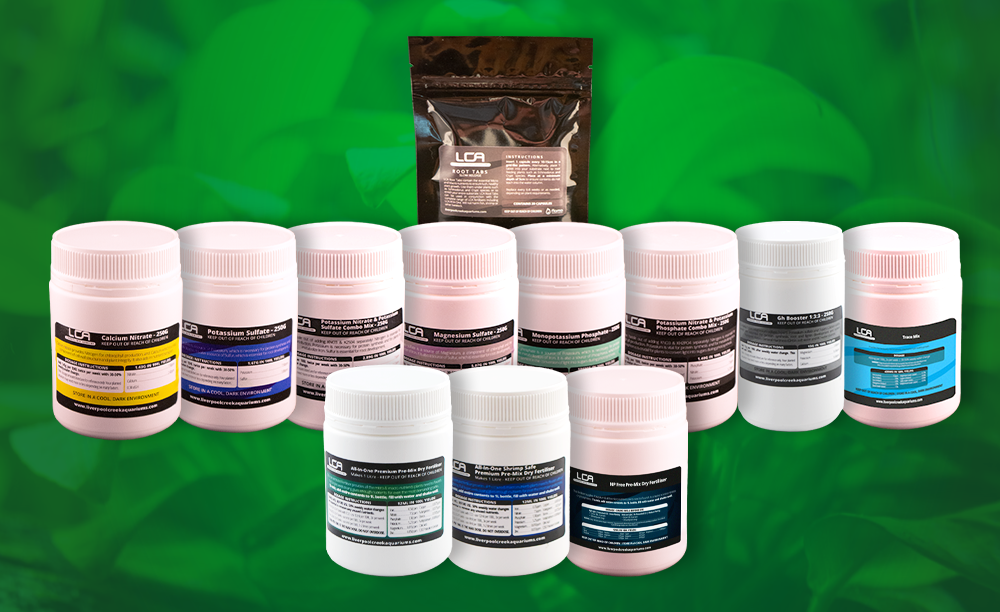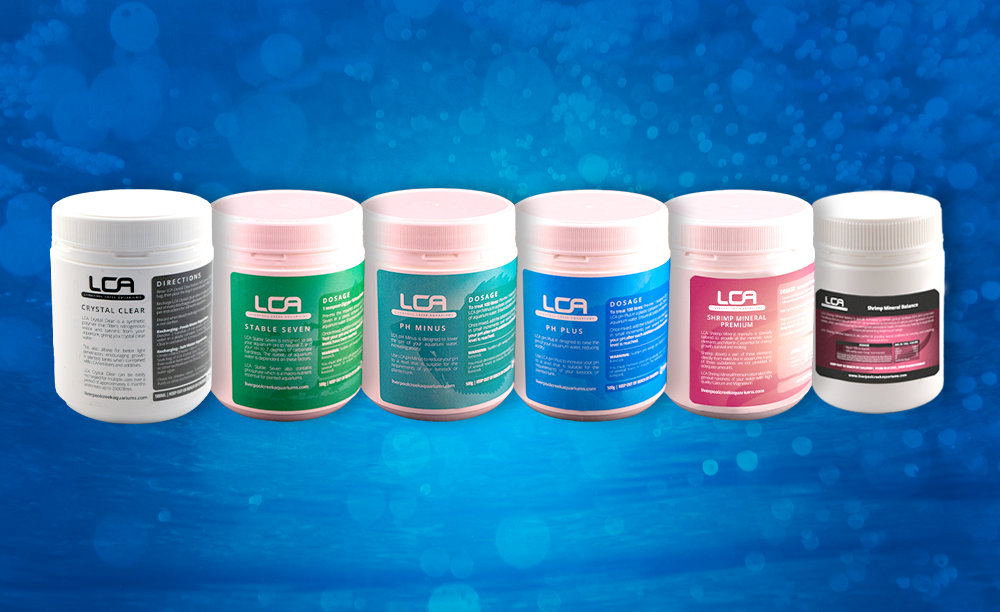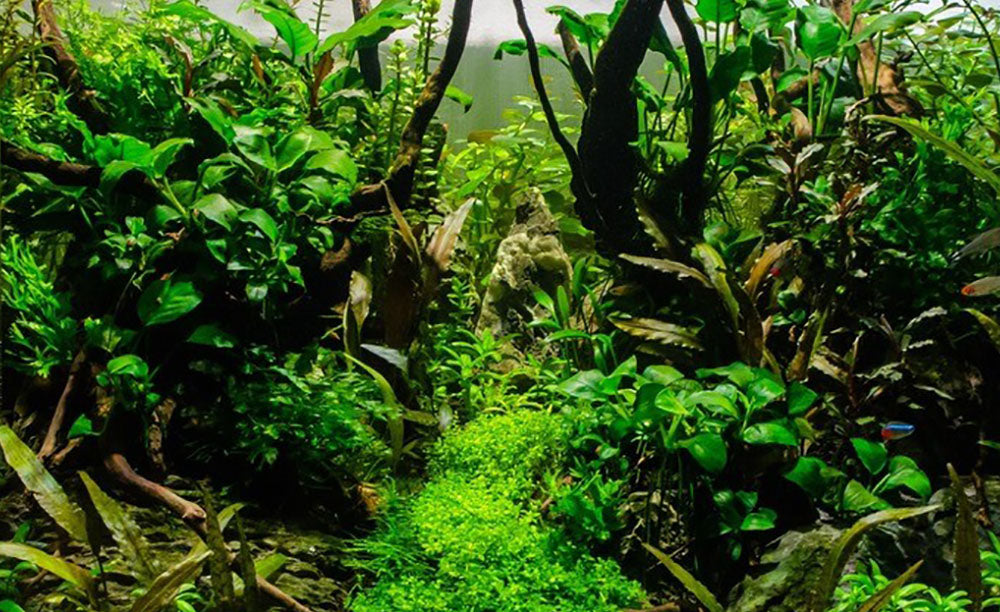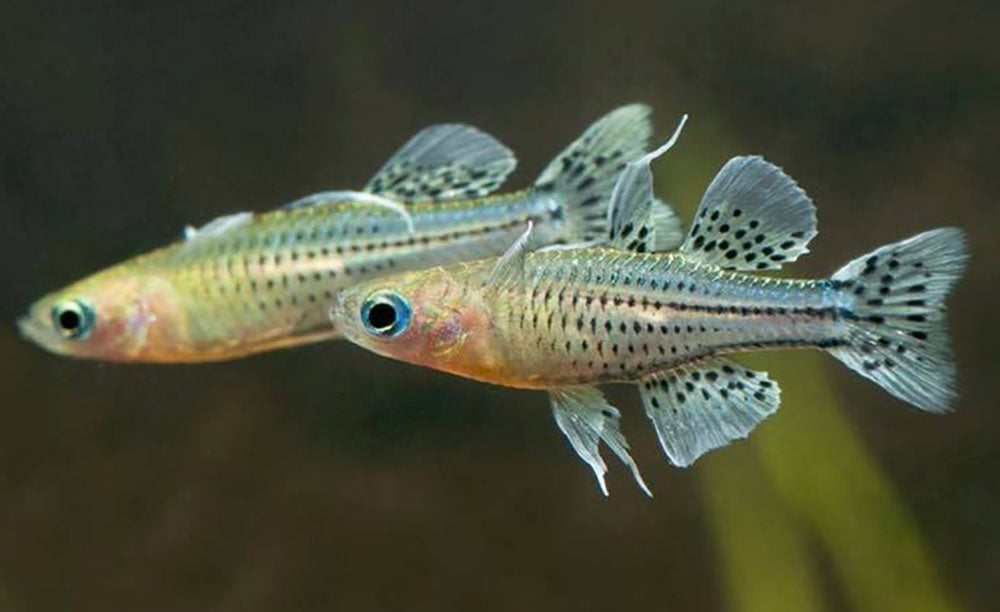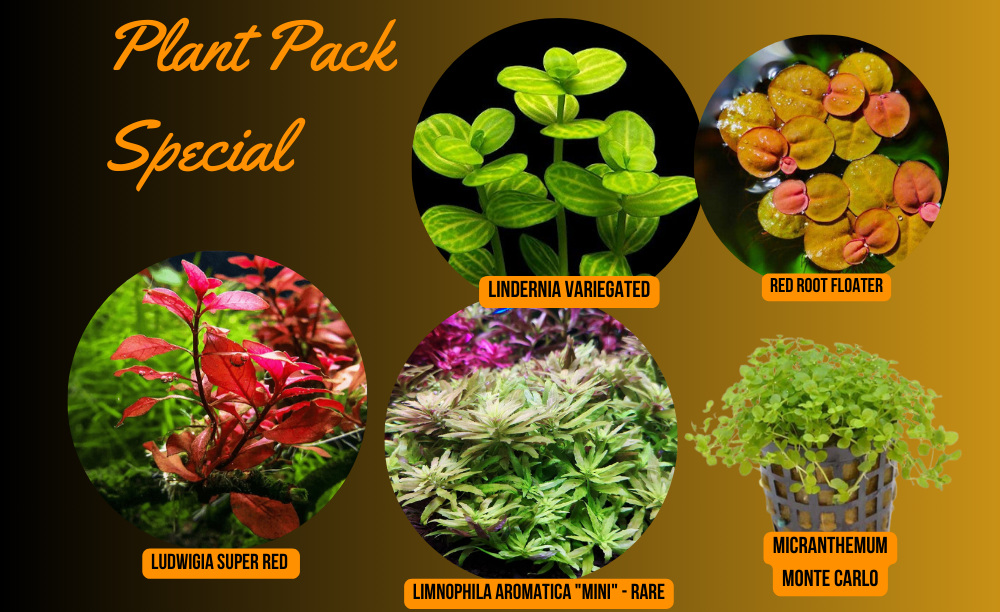Your Cart is Empty
*******FREE SHIPPING FOR ORDERS OVER $200*******
submit your order by 11.59 am Sunday morning for same week delivery
*******FREE SHIPPING FOR ORDERS OVER $200*******
submit your order by 11.59 am Sunday morning for same week delivery
Store
SPECIALS / PLANT PACKS
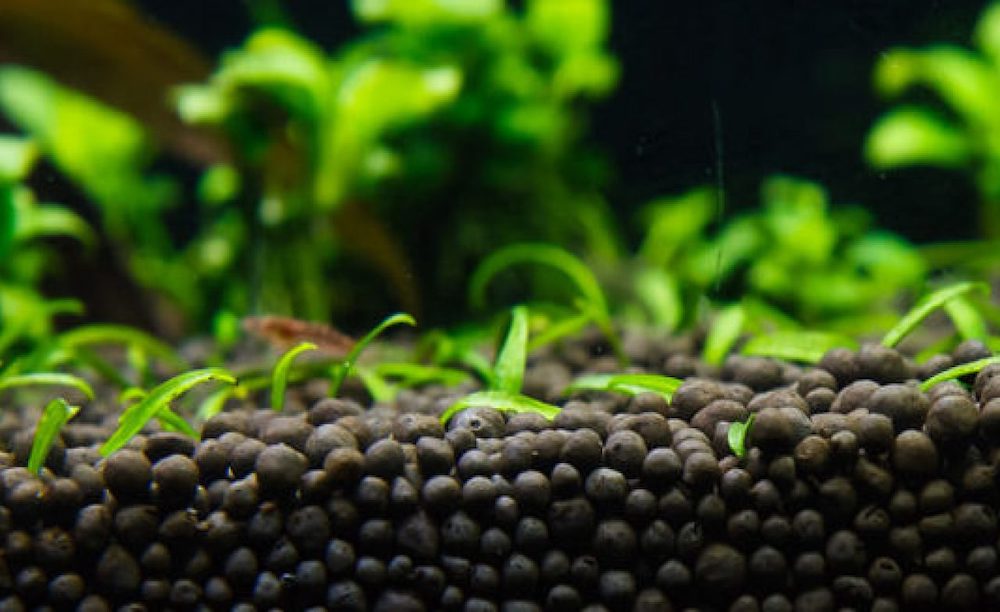
Substrate Depth
4 min read
How should I set up my substrate?
Most planted tank keepers would agree that a depth of around 6cm is ideal for plants to develop healthy root systems. You can have very thin substrate in areas but a lot of plants will not root into these areas and will continuously float out, so plan the layout of your plants carefully if you want to have shallow areas.
Aquasoil is an excellent substrate for planted aquariums, as it stores a lot of nutrients over a long period of time. When combined with regular water column fertilisation you can achieve a very healthy and lush tank. The larger grain size of aquasoil also means it does not compact easily which allows for easier penetration by roots. With this said, aquasoil can be expensive to purchase in large amounts. If you want to add a bit of height to your substrate, before adding aquasoil, you can use lava rock gravel (~3mm size pieces), expanded clay balls, or really any gravel sized material.
Lava rock is recommended as its large surface area encourages growth of beneficial bacteria, and the grain size and porosity means roots can grow easily around and through it to reach the nutrient-rich decomposing organics throughout your substrate.
If you’re using an organic soil (e.g. organic potting mix), to create a “dirted” tank, ensure you cap your soil level with several centimetres of finer sand or gravel to ensure all those decomposing organics don’t leech out immediately into your water column.
Aquasoil is an excellent substrate for planted aquariums, as it stores a lot of nutrients over a long period of time. When combined with regular water column fertilisation you can achieve a very healthy and lush tank. The larger grain size of aquasoil also means it does not compact easily which allows for easier penetration by roots. With this said, aquasoil can be expensive to purchase in large amounts. If you want to add a bit of height to your substrate, before adding aquasoil, you can use lava rock gravel (~3mm size pieces), expanded clay balls, or really any gravel sized material.
Lava rock is recommended as its large surface area encourages growth of beneficial bacteria, and the grain size and porosity means roots can grow easily around and through it to reach the nutrient-rich decomposing organics throughout your substrate.
If you’re using an organic soil (e.g. organic potting mix), to create a “dirted” tank, ensure you cap your soil level with several centimetres of finer sand or gravel to ensure all those decomposing organics don’t leech out immediately into your water column.
Can substrate be too deep?
Short answer – not really! You just need to make sure you set it up correctly, and don’t mess with it! Organic matter (food, fish waste, plant parts, etc.) will always sift down to the lowest point it can in your substrate, and begin decomposing in the low oxygen conditions. The decomposing matter encourages the growth of bacteria, which can potentially produce quite nasty toxins in these low oxygen conditions. Nitrates (not nitrogen gas) and ammonia will also be formed in decent amounts but remain essentially harmless under the substrate cap.
Bacteria in your substrate is generally a good thing, but if the substrate is disturbed, the bacteria, toxins, ammonia and nitrates are all released into the water column where they begin affecting livestock and overall tank health.
Bacteria in your substrate is generally a good thing, but if the substrate is disturbed, the bacteria, toxins, ammonia and nitrates are all released into the water column where they begin affecting livestock and overall tank health.
What about the poisonous gas bubbles I keep hearing about?
Many hobbyists will confidently tell you that overly deep substrates encourage the formation of deadly hydrogen sulfide gas pockets.
They’ll say you have to regularly poke or stir your substrate to avoid the formation of these gas pockets. They’ll say if you disturb these pockets, the poison gas is released as smelly bubbles that will kill all of your fish!
Sounds pretty full-on, doesn’t it? Good thing it’s a total myth!
The reality is that those bubbles are largely composed of harmless CO2, which is being produced by aerobic decomposition of organics in the substrate. The bubbles may smell a bit, but that’s because they’re created by rotting organic matter. Hydrogen sulfide is extremely smelly with a distinctive “rotten egg” odour.
It is impossible for hydrogen sulfide to be created in aquarium conditions. Your substrate would need to be well over 30 centimetres deep, very dense and thick like mud, and you would need to have very large amounts of sulfates present in your aquarium. Oxygen concentration in the aquarium and substrate would also need to be extremely low to achieve the required anoxic or anaerobic conditions.
Even if you did somehow create these conditions in your aquarium, the hydrogen sulfide would be oxidised long before it managed to reach the upper layers of your substrate. Think about it – if it was that easy to create pockets of highly toxic hydrogen sulfide in your substrate, bodies of water all around the world would be deadly cesspits of poison gas!
They’ll say you have to regularly poke or stir your substrate to avoid the formation of these gas pockets. They’ll say if you disturb these pockets, the poison gas is released as smelly bubbles that will kill all of your fish!
Sounds pretty full-on, doesn’t it? Good thing it’s a total myth!
The reality is that those bubbles are largely composed of harmless CO2, which is being produced by aerobic decomposition of organics in the substrate. The bubbles may smell a bit, but that’s because they’re created by rotting organic matter. Hydrogen sulfide is extremely smelly with a distinctive “rotten egg” odour.
It is impossible for hydrogen sulfide to be created in aquarium conditions. Your substrate would need to be well over 30 centimetres deep, very dense and thick like mud, and you would need to have very large amounts of sulfates present in your aquarium. Oxygen concentration in the aquarium and substrate would also need to be extremely low to achieve the required anoxic or anaerobic conditions.
Even if you did somehow create these conditions in your aquarium, the hydrogen sulfide would be oxidised long before it managed to reach the upper layers of your substrate. Think about it – if it was that easy to create pockets of highly toxic hydrogen sulfide in your substrate, bodies of water all around the world would be deadly cesspits of poison gas!
The deep areas of my substrate are turning black. Is this bad?
Not at all. This black colour is caused by nitrogen rich humic and fulvic acids, which are created by the beneficial bacteria in your substrate as they process organic matter. These humic and fulvic acids can absorb and hold on to ammonium as well, which is usable by plants as a nutrient. So the black areas in your sand are chock full of beneficial bacteria, humic and fulvic acids, nitrates and ammonium – they’re actually really useful in planted aquariums!
Things I should not do?
All aquariums will have some level of bacteria working away on organic matter deep in the substrate. It’s important to remember that disturbing the deeper areas of your substrate will potentially release a lot of unwanted compounds into your water column. This is especially true for DIY “dirted” tanks, which will have very high levels of decomposing organic matter underneath the sand or gravel cap.
If you are removing or moving any established plants or décor, make sure you do so gently and slowly to avoid releasing built-up toxins and nutrients from your substrate. If you do accidentally kick up a large amount of mulm from your substrate, perform a large water change to keep your water quality stable.
You don’t need to regularly stir, poke or otherwise aerate your substrate. In fact, you should leave it as undisturbed as possible. Oxygen will permeate your substrate without problems. You may have “aerobic” areas that are low in oxygen, but you will never have anaerobic or anoxic substrate in the home aquarium.
If you are removing or moving any established plants or décor, make sure you do so gently and slowly to avoid releasing built-up toxins and nutrients from your substrate. If you do accidentally kick up a large amount of mulm from your substrate, perform a large water change to keep your water quality stable.
You don’t need to regularly stir, poke or otherwise aerate your substrate. In fact, you should leave it as undisturbed as possible. Oxygen will permeate your substrate without problems. You may have “aerobic” areas that are low in oxygen, but you will never have anaerobic or anoxic substrate in the home aquarium.
From The LCA Team
Every Solution For Your Aquarium
Every Solution For Your Aquarium
Subscribe
Sign up to get the latest on sales, new releases and more …
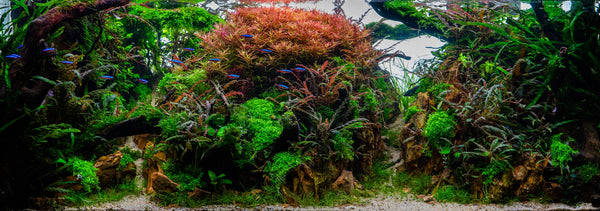
Join Us
Join our Facebook group and benefit from the knowledge of
Australia’s largest community of planted aquarium enthusiasts!
